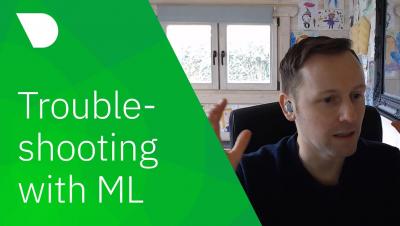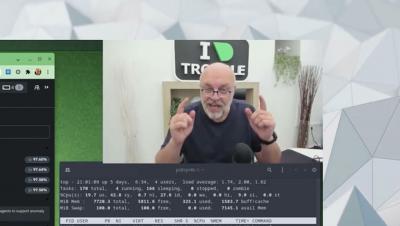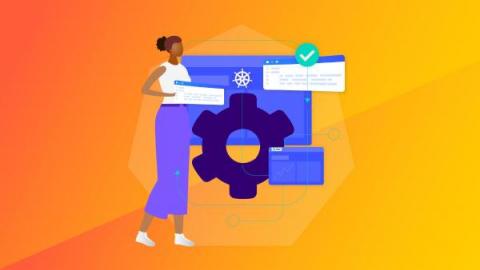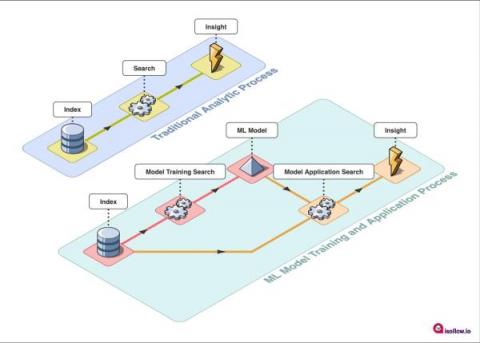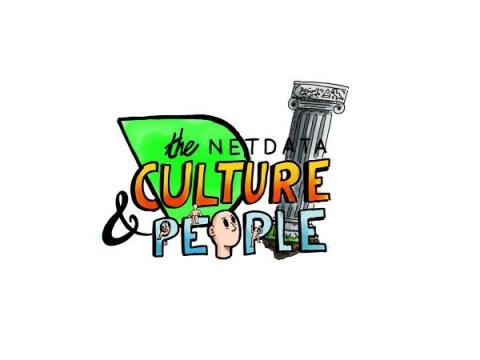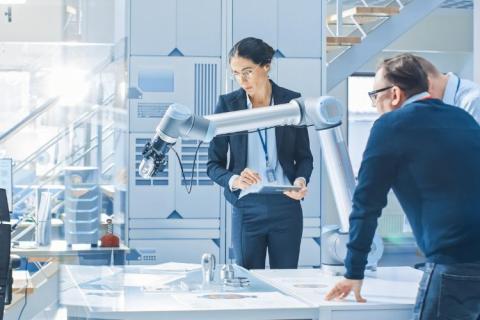MLOps Pipeline with MLFlow, Seldon Core and Kubeflow
MLOps pipelines are a set of steps that automate the process of creating and maintaining AI/ML models. In other words, Data Scientists create multiple notebooks while building their experiments, and naturally the next step is a transition from experiments to production-ready code. The best way to do this is to build an effective MLOps pipeline. What’s the alternative, I hear you ask? Well, each time you want to create a model, you run your notebooks manually.



